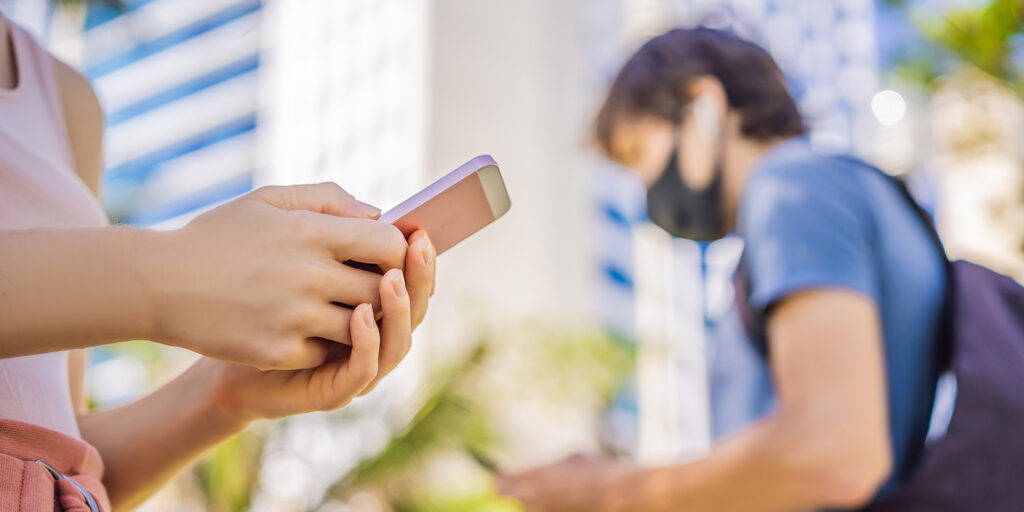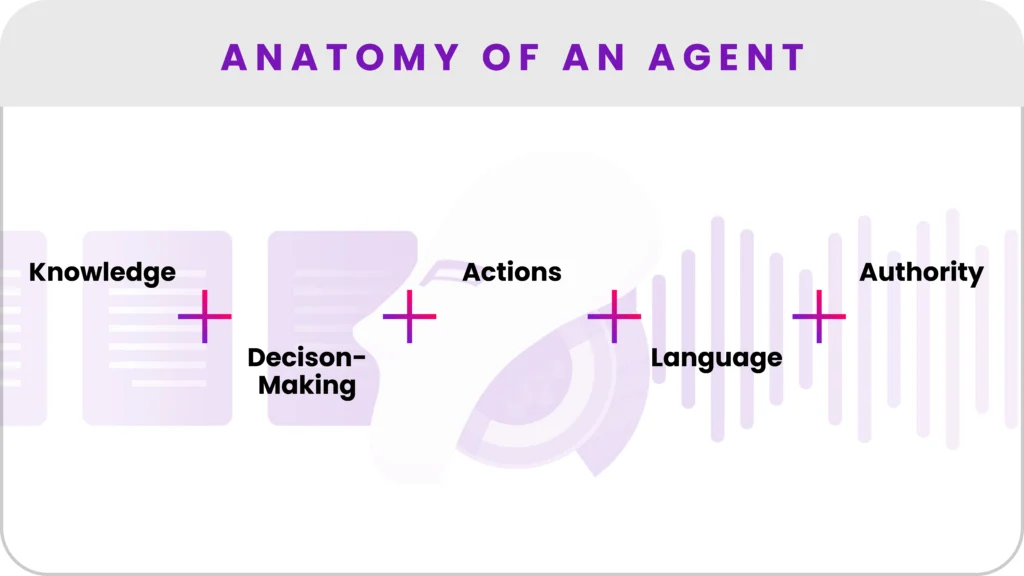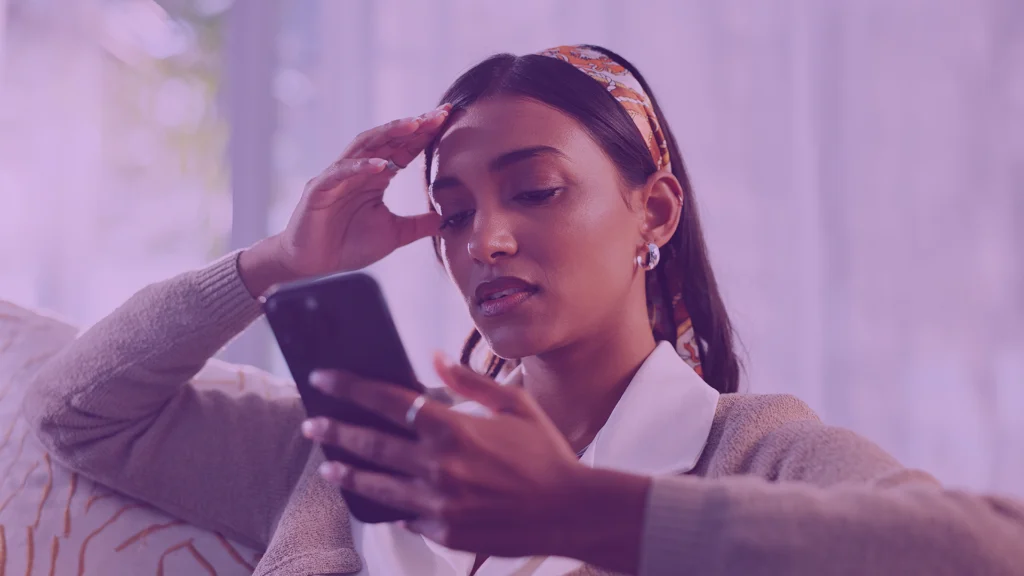SHARE:
[DISPLAY_ULTIMATE_PLUS]
Before the pandemic, health systems depended on call centers to manage a significant volume of patient outreach.
In response to rising expectations around communication, 62 percent of healthcare organizations had created call center strategies as of 2018. Call center representatives managed patient outreach, scheduling, and other administrative tasks with continued reliance on phone calls as the primary means of communication.
In March and early April 2020, COVID-19 put those patient outreach solutions to the test. Health systems and patients cancelled a staggering 80 percent of appointments, resulting in thousands of phone calls per week. At the same time, overburdened call center staff and even providers had their plates full trying to reach patients with COVID test results. Further jamming up phone lines, call centers fielded a glut of inbound calls from patients concerned about the virus. Frustrated patients waited on hold or for a call back for hours.
Patient outreach solutions built around the call center cracked under the pressure of a global pandemic.
For effective patient outreach solutions, listen first
For patient outreach to be effective, you have to listen to patients first. How do they want to receive outreach? What are their preferences and behaviors?
For example, four out of five people prefer to communicate with their healthcare provider via text message. But the vast majority of healthcare communication still takes place over the phone.
“Millennials especially have grown up in an age of consumer-grade digital experiences. They cannot understand why healthcare would be different,” says Deb Gordon, author of the book “The Healthcare Consumer’s Manifesto: How to Get the Most for Your Money.”
Because patients are consumers of healthcare, knowing what drives them should be reflected in health systems’ patient outreach solutions.
Technology should strike the right balance between innovation and ease-of-use. By nature, texting hits that sweet spot, and it’s exactly what consumers want from healthcare, both young and old.
Make it unified
Patients are skeptical. They want to know messages are actually coming from their provider. When patients receive a random message from a number they don’t recognize, they’re probably going to ignore it. For example, outreach won’t be effective if patients receive it separately from a forms vendor, a billing department, and front desk staff — all from a different numbers.
Sending patient outreach from one number within the health system eases these concerns. Whether you’re sending survey forms or educational video links about COVID-19, make sure they come from the same trusted source.
Make it personal
Patient outreach before an appointment should reflect the catered experience a patient will receive during the appointment. For example, use first names in your written communication instead of “dear patient.”
Ideally, patients should be able to text back their thoughts and concerns — not “Y for Yes, and N for No.” Patients don’t like robo-calls and texts that don’t allow them to intelligently respond. In a time where it’s only natural to have a thousand questions, patients want conversational messaging. It lets them ask questions about scheduling, billing, or that nagging cough and get the answers they need quickly.
Especially during COVID, patients need their concerns addressed.
Send targeted message campaigns based on patient characteristics
Tailor patient outreach to specific populations by ensuring communication platforms are synced with the EHR. This allows you to target select groups of patients based on screenings or vaccinations needed or their current conditions.
During the early weeks of the pandemic, WELL client, Community Memorial Health System (CMHS), sent texts to patients enrolled in its chronic care management program. The messages informed them about their care options during the pandemic.
Patients in this group needed care but were on state-mandated lockdown orders. “They were told to stay home, and there was significant concern that their medical conditions may worsen without timely interaction with their medical team,” said Kristine Supple, CMHS Director of Population Health.
“Patients felt more anxious because of the access issue. And what we’ve heard over and over again is how much they’ve appreciated the connection.”
At CMHS, patient outreach solutions involve proactive communication from nurses to patients in the program. “It’s the proactive approach to patient care,” Supple said.
Send broadcast messages to groups
In addition to being personal, patient outreach solutions can also be used to reach large groups.
These should be short, concise, and contain the appropriate information. For patients who have appointments on the books, broadcasts can give them last-minute updates about changes at the hospital. For example, text instructions on what entrance to use, the importance of wearing a mask to your visit, or a COVID-19 symptom checker the day prior to an appointment.
Patient education
Patient outreach solutions can also be used to send patient education. Vista Community Clinic uses WELL campaigns to send educational materials to patients, combining personal communication with interactive online health resources. Sending videos discussing safety measures healthcare facilities are taking during COVID-19 or information on virtual care options, for example, is particularly important to restore trust in health systems as patients consider returning to in-person care.
Make it scalable
COVID-19 has highlighted the value of scalable patient outreach solutions. For example, Houston Methodist increased telehealth visits by 50x during the pandemic and sent over 260,000 texts in a single day to inform patients of care options. Similarly, CMHS ramped up its chronic care management program in under two weeks. Patient outreach solutions require a proven ability to scale quickly.♥



